Golding: Now it’s all about the Horn…
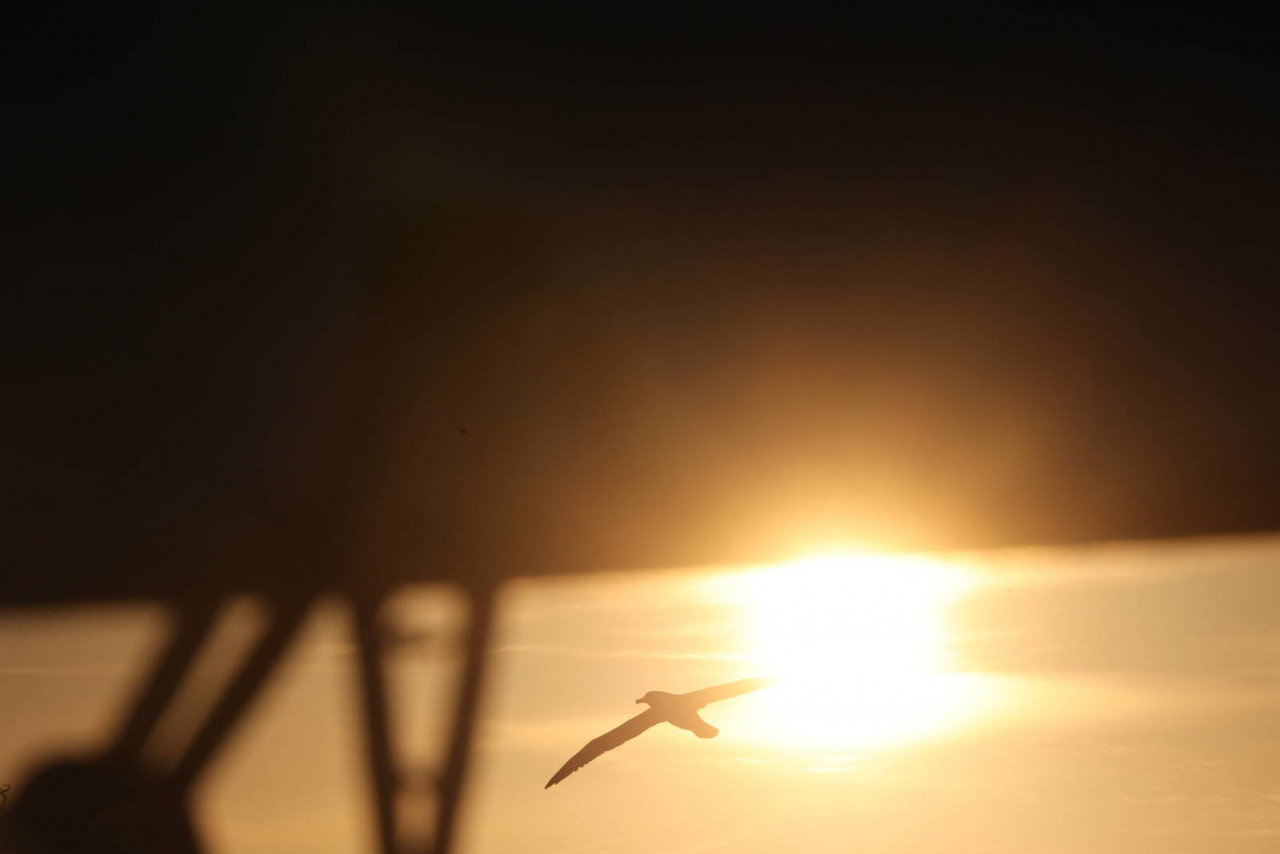
Mike Golding has sailed past Cape Horn enough times to know what it feels like better than most.
And he also knows what the psychological challenge of the last couple of thousand miles is like, as you approach the most feared headland in world sailing alone in an IMOCA yacht.
Right now the leading boats in the Vendée Globe are due south of Point Nemo – the location in the ocean that is farthest from land – and are just under two thousand nautical miles from the tip of South America.
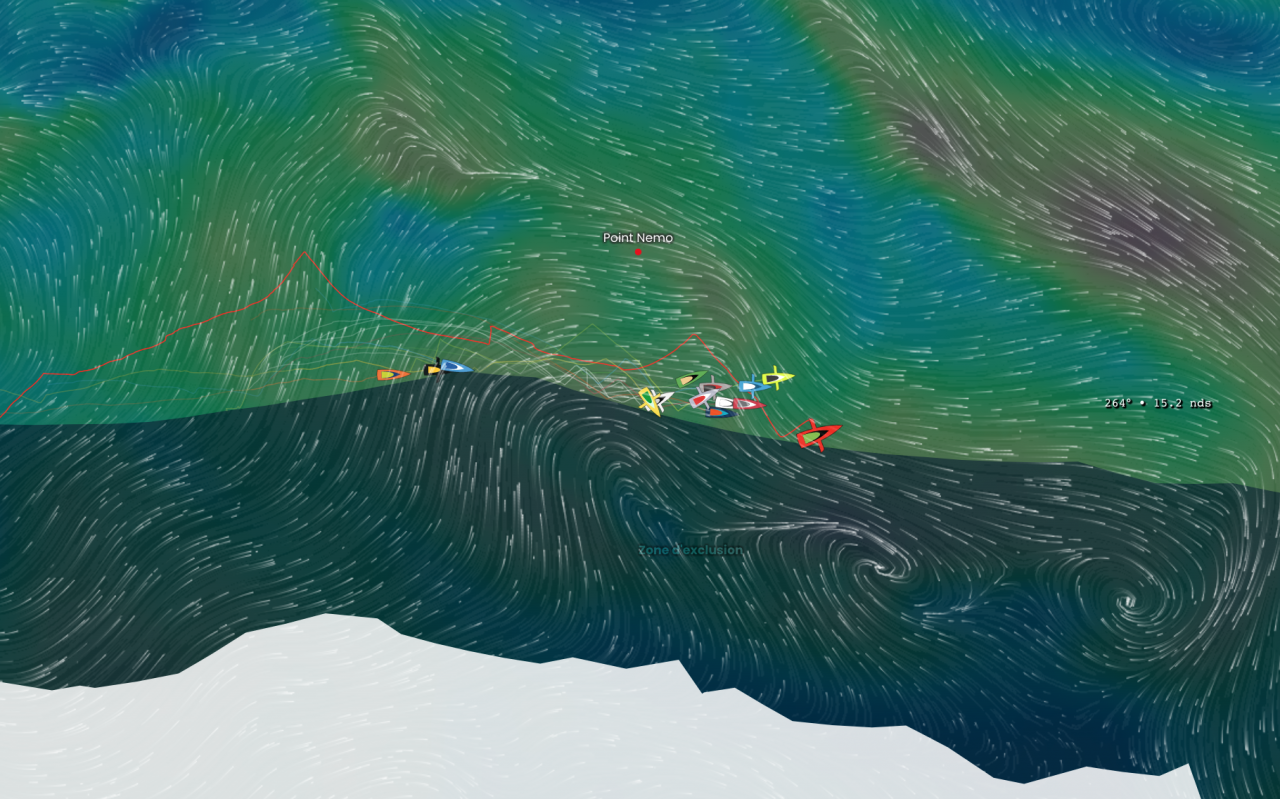
The mythical headland that marks the end of the ordeal of the Southern Ocean is now the next objective and each skipper will be counting down the miles, until he or she can turn north back in the Atlantic.
In the meantime, the sailors have to head east-southeast to squeeze round the corner with the danger and likelihood of big winds, big breaking seas and icebergs on the race track to come.
Golding says this is one of the toughest times in the whole race from a psychological point of view, as the sailors look not only to pass Cape Horn in one piece but also put the hostile Chilean coast behind them too.
As he points out, the vast majority of the top-10 in this fascinating race are sailors who have never rounded Cape Horn alone before. The exceptions are Jean Le Cam, who is on at least his fifth rounding, and Boris Herrmann who sailed in these waters in the double-handed Barcelona World Race and has rounded the Horn on two other occasions.
All the others are Cape Horn debutantes and for them the nerves will be jangling.
“The majority of them are people who haven’t done it on their own, so there will be a massive sense of relief from all of them when they get round,”said Golding who started four Vendée Globes with a best finish of third in 2004-05. “Just to escape from the Southern Ocean and be on board a workable IMOCA at Cape Horn – that will be a big win for them.
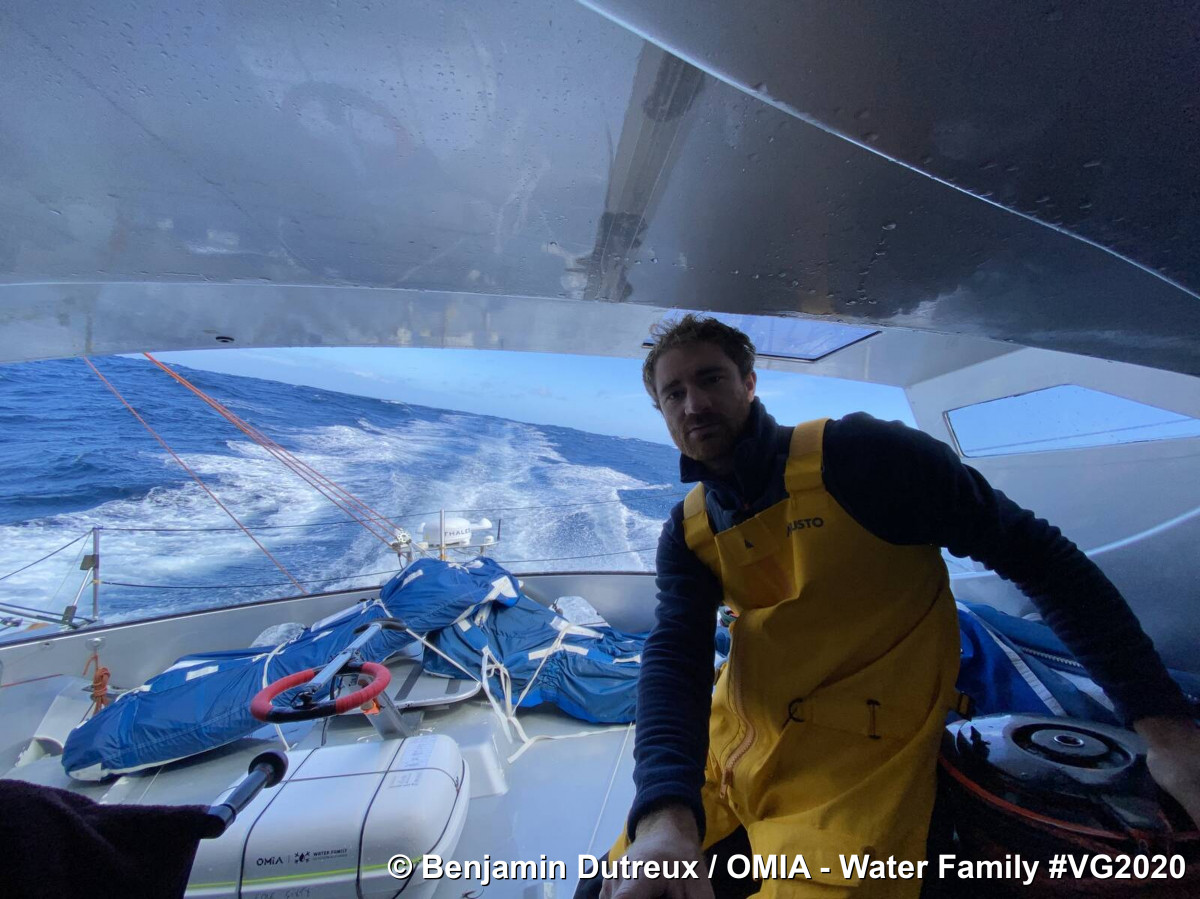
“At that point, regardless of the distance still to run to the finish, they will feel like they’re back in the Atlantic and back in home waters and altogether much safer from the point of view of being rescued. The fact that Cape Horn presents the last obstacle of the Southern Ocean, and there is a threat of ice and storms, just heightens the anticipation.”
Up until now the ice exclusion zone has kept the skippers free from the danger of hitting bergs, but at Cape Horn they have no choice but to head further south to skirt the South American land mass. “This is the most daunting section mentally,”said Golding. “Everything from Point Nemo onwards feels exposed. The ice barrier has kept them at quite sensible latitudes, whereas to get round Cape Horn you have to go where you have to go. There’ll be a definite sense of anticipation the minute they start putting southing in…”
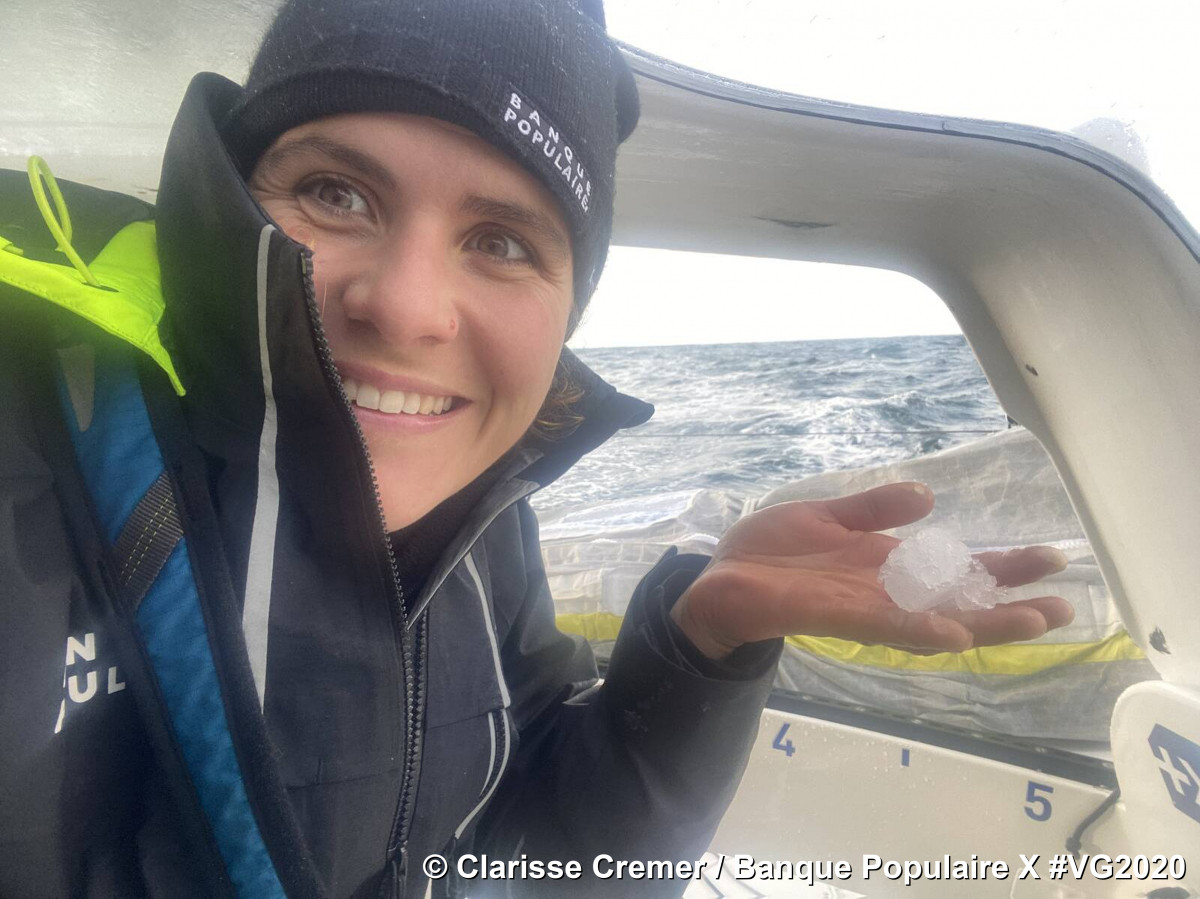
Golding remembers approaching the Horn in the 2012 Vendée Globe (which he finished in sixth place) and seeing his MaxSea routing software so cluttered with symbols of bergs in the area around the headland that, in the end, he had to turn that layer of data off just to see where he was going. “I was full of anticipation, arriving at night,” he recalled. “I kept a lookout until my eyes bled, but I never saw an iceberg,” he added laughing. “It just serves to remind you that even if those bergs were there, it is an awful big ocean.”
Golding is enjoying every minute of what he regards as still a very open race. He believes almost anyone in the top-10 can aim for the podium with all those boats only separated by 382 miles. The leaders may extend on the way to Cape Horn, but often – he points out – they will then slow dramatically after the rounding, allowing boats still in the Southern Ocean to catch up again.
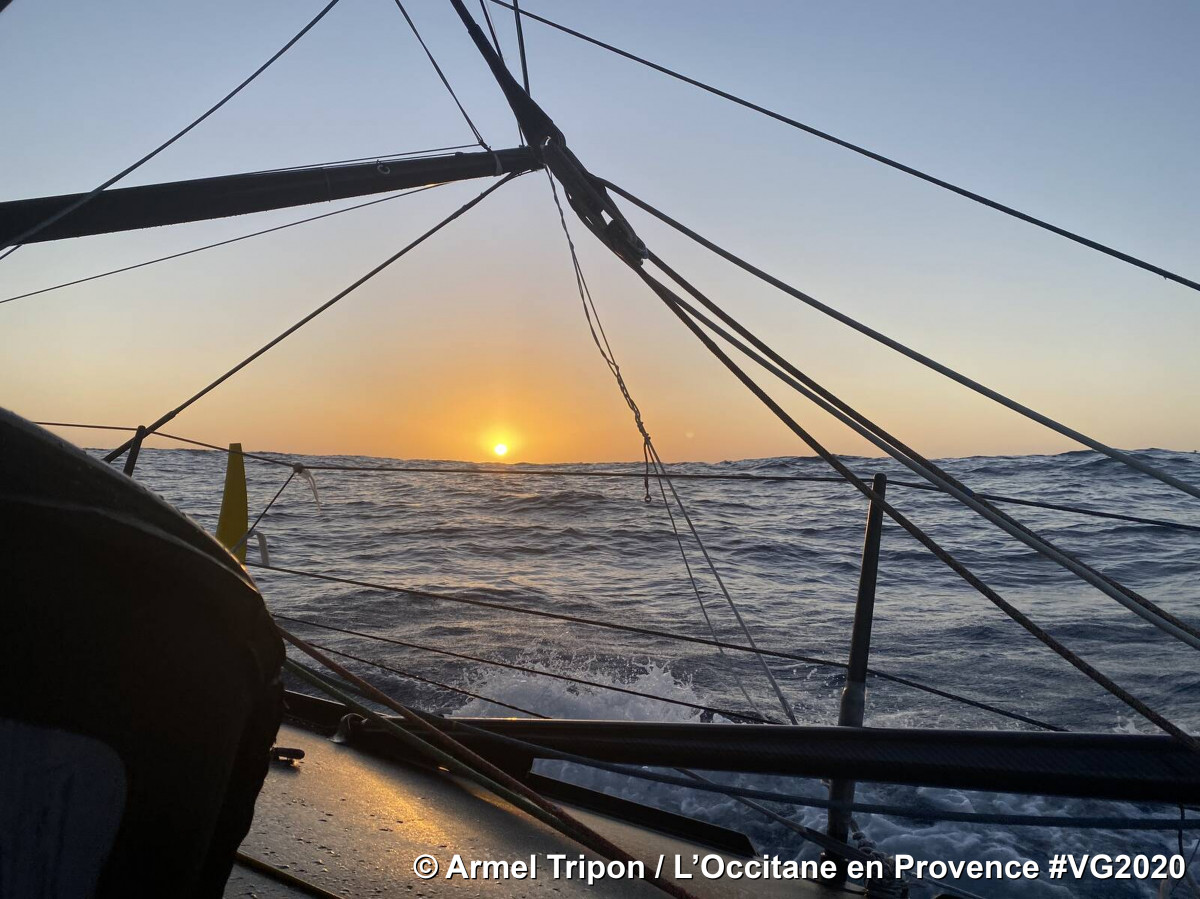
Among his pre-start favorites was Armel Tripon on the Sam Manuard-designed L’Occitane en Provence. Currently Tripon is in 13th position, 970 miles off the leading pace, but Golding is not writing him off for a top-five finish just yet.
“Tripon still has a lot of miles to catch up but, with all the runway that is left, he could still get into the top-six, or maybe even better,”said Golding. “Nine hundred and fifty miles is completely catchable. In 2004, I was 800 miles behind in the South Atlantic, because I got caught in the high pressure, and I caught all that up and overtook by the Falklands.”
Yannick Bestaven’s performance on Maître CoQ IV is a reminder that different skippers have come to the fore than many had anticipated, Golding points out, with many of the pre-start favourites out of the running. But he has not been surprised by Bestaven’s impressive showing so far. “He’s good, a super guy, I’m not surprised at all,” said Golding.“He’s the right sort of guy for this race, a very solid sailor. The only thing that surprises me about what he has done is that I didn’t think about him doing this before.”
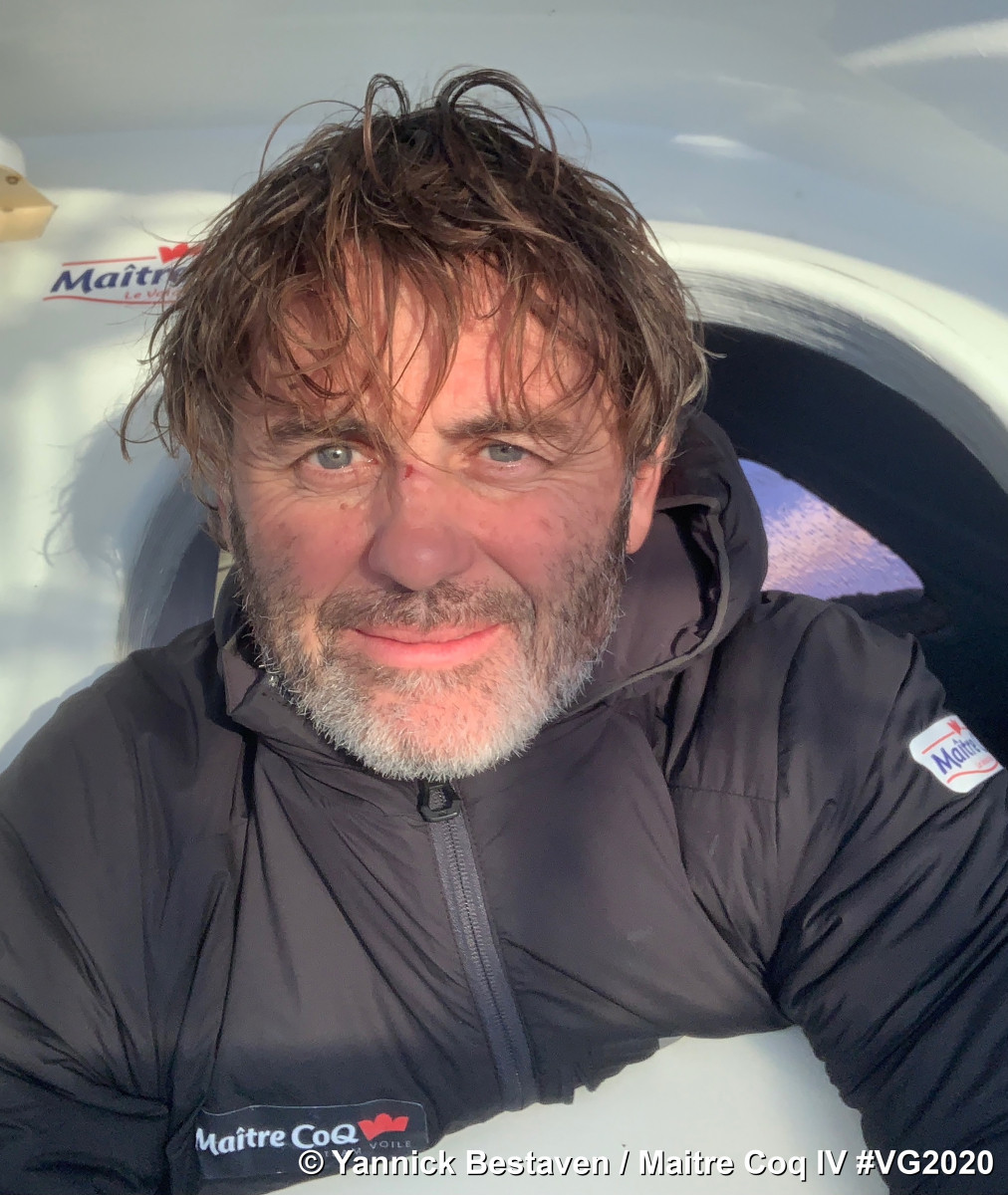
Golding has been impressed by both Boris Herrmann on Seaexplorer-Yacht Club de Monaco and Isabelle Joschke on MACSF who have both sailed measured and consistent races. They are now three places apart, in eighth and fifth positions respectively, but with only 10 miles between them in terms of distance to the finish. Both are capable of filling places on the podium.
“Boris always looks very controlled and doesn’t seem to have any problems on his boat,”said Golding. “I think he is getting better slowly. Early on he was struggling to maintain what he thought was a race pace. But the fact that he has managed it so well, and the fact that he knows his boat and it has done so many miles, means he could be in a good place, particularly when he gets back into the Atlantic. Isabelle has been improving progressively too and the same things can be said about her.”
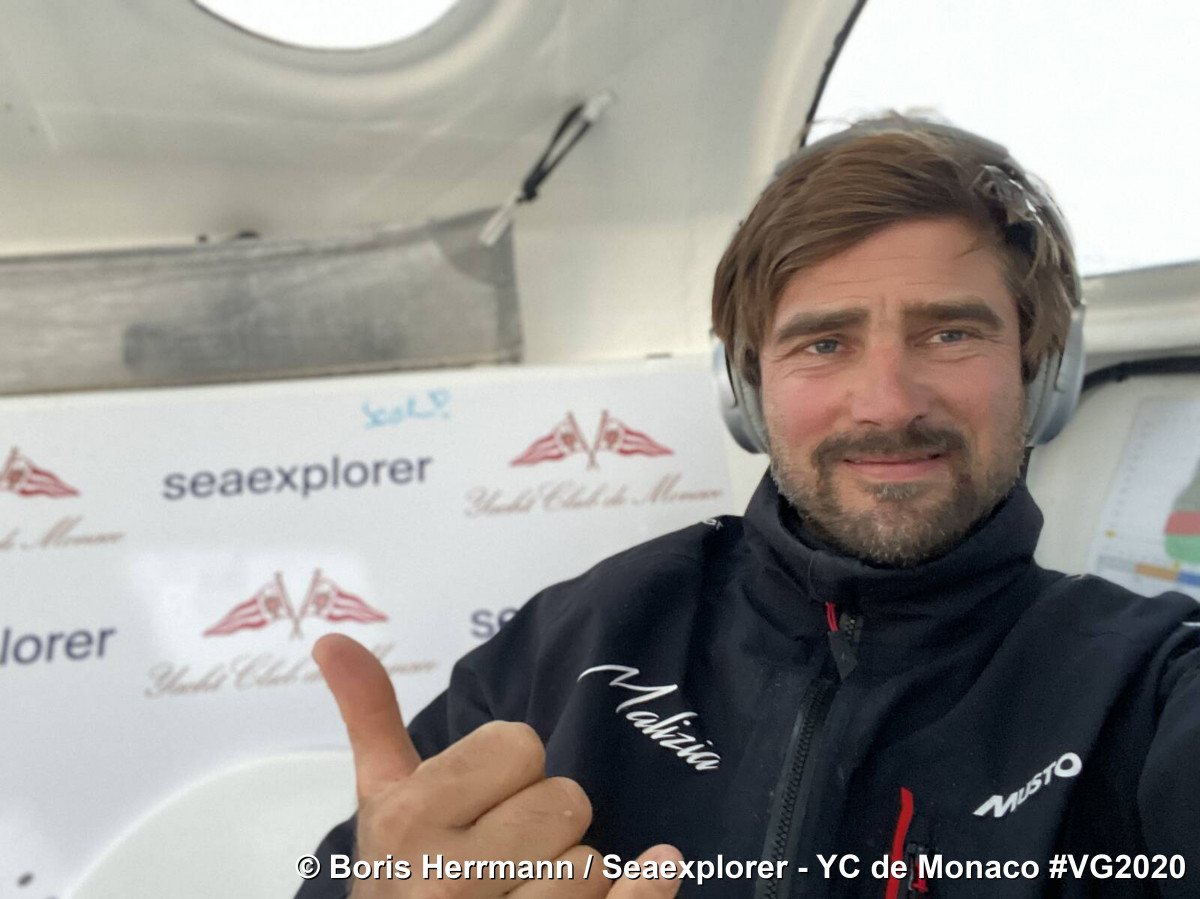
Golding’s final word is for Pip Hare, the 46-year-old British skipper who has been sailing the 1999-vintage Pierre Roland-designed Medallia out of its skin to be comfortably occupying 17th position, just over 2,000 miles off the lead.
“Wow! What a race she is sailing,”said Golding. “She is sailing fast. I know it’s an old boat but she is sailing way outside of her potential, so hat’s off to her. The other thing is she is a good communicator and that comes from being a journalist. She is heading down the route of writing a book and doing a documentary – I can see her doing the whole shebang,” he added.
Ed Gorman
Teams info
ALL ACCESS #2 | CLARISSE CRÉMER
Let's dive into the thrilling preparations for the Vendée Globe. For the IMOCA skippers, the year 2024 holds paramount importance, marking the culmination of their efforts. Sailing around the world solo is their ultimate…
•••The Ocean Race and IOC/UNESCO: contributing towards the science we need for the ocean we want
The Ocean Race and IOC UNESCO collaborate on ‘Sailing into the Future for the Ocean Decade’ event in Barcelona
•••